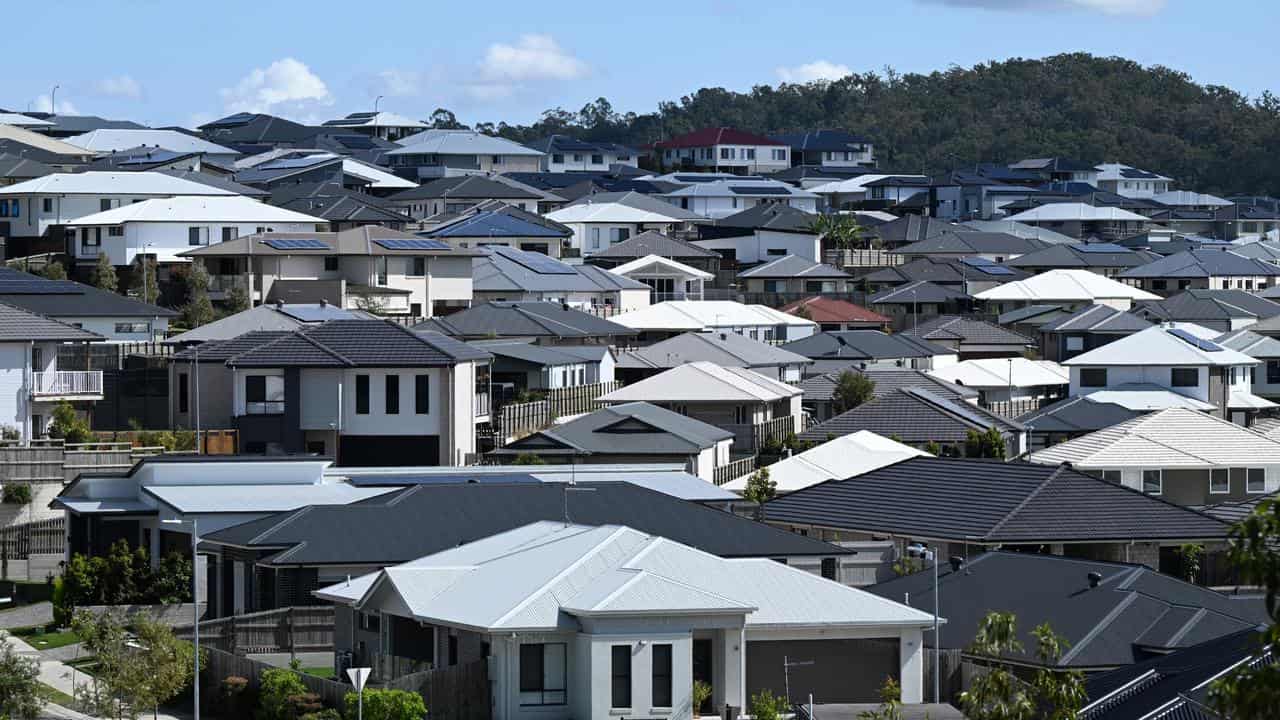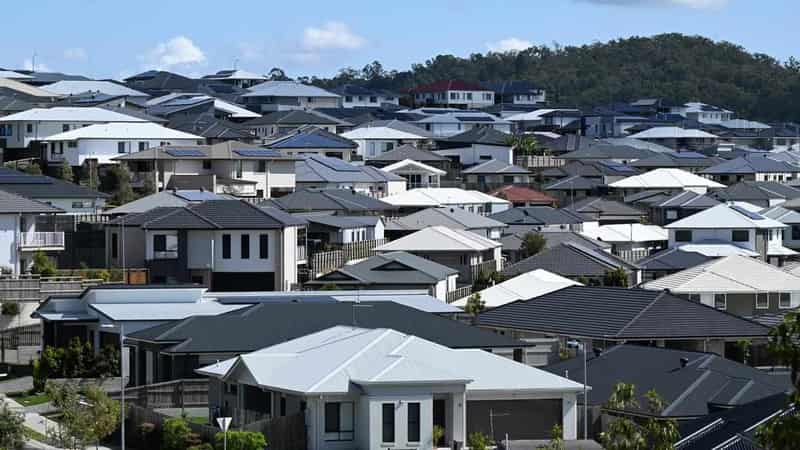
The Australian housing market has found a new gear in February and lifted in all but one capital city, with expectations of rate cuts later this year boosting confidence.
Home prices recorded a subtle acceleration at the national level, lifting 0.6 per cent in February after a 0.4 per cent increase in January.
The property market was gaining strongly for much of 2023 but towards the end of the year, the pace of growth was starting to slow and performance diverged between regions and cities.
In February, Perth, Adelaide and Brisbane still grew the fastest over the month - up 1.8 per cent, 1.1 per cent and 0.9 per cent respectively - but Sydney and Melbourne also had stronger months.
Sydney home prices lifted 0.5 per cent after a few weaker months and while the 0.1 per cent improvement for Melbourne was modest, it followed a three-month stint of negative monthly movements.
The only capital city to record a decline was Hobart, which fell 0.3 per cent.
Despite the broad-based growth, the 0.6 per cent lift in national home prices in February remains well below the peak 1.3 per cent monthly increase recorded in the national index in May 2023.
CoreLogic research director Tim Lawless said housing values had been "more than resilient" in the face of high interest rates and cost of living pressures.
He said the persistent imbalance between supply and demand largely explained the endurance of the housing upswing, with returning confidence possibly also playing a role.
“Potentially we are seeing some early signs of a boost to housing confidence as inflation eases and expectations for a rate cut, or cuts, later this year firm up,” Mr Lawless said.
He said improving consumer sentiment suggested people were in a better headspace to make large financial commitments like buying a home.
There had also been a revival in auction clearance rates, which Mr Lawless said pointed to a better fit between seller and buyer pricing expectations.
A separate home price index from PropTrack also recorded a re-acceleration in February to its fastest monthly growth since October 2023.
Senior economist at the property data firm, Eleanor Creagh, also said the expectation of falling interest rates was playing into the faster growth.
“Housing demand is also being buoyed by population growth, tight rental markets, resilient labour market conditions and recent home equity gains," she said.
She also said the pipeline of new builds was slowing due to high costs, hampering the supply of new housing.
“Looking ahead, the positive tailwinds for housing demand and a slowdown in the completion of new homes are likely to offset the impact of reduced affordability and a slowing economy," she said.
"As a result, prices are expected to lift further in the months ahead.”









